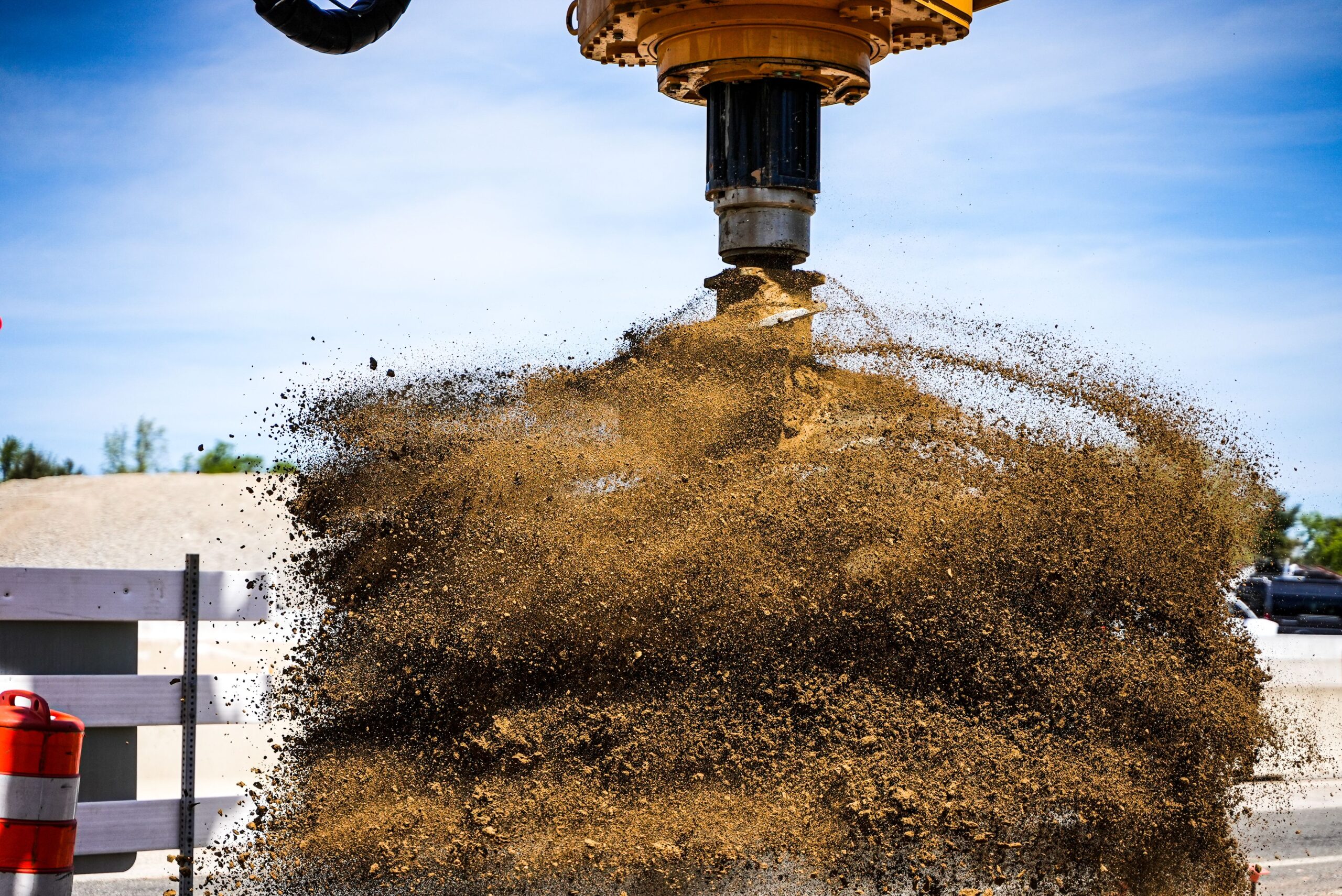- 112 - 13085 115 Ave, V3R 0C3, Surrey
- +778-903-5297
- admin@terraworksdrilling.com
How SPT Drilling Enhances Soil Testing and Site Characterization
Home -How SPT Drilling Enhances Soil Testing and Site Characterization

How SPT Drilling Enhances Soil Testing and Site Characterization
Introduction:
In construction and engineering projects, understanding the soil’s properties and site characteristics is vital for ensuring the project’s success and structural integrity. Soil testing and site characterization provide crucial information that guides the design and construction process. One method that significantly enhances these assessments is the Standard Penetration Test (SPT) drilling. In this blog post, we will explore how SPT drilling enhances soil testing and site characterization in Alberta, Saskatchewan, and British Columbia. We will discuss the importance of SPT, its drilling process, and how it provides valuable insights into soil properties for successful project execution.
Understanding SPT Drilling:
The Standard Penetration Test (SPT) drilling is an in-situ testing method widely used in geotechnical engineering to evaluate the properties of soil. This method involves driving a split-barrel sampler into the ground using a standard hammer and measuring the number of blows required to penetrate the soil to a specific depth. SPT drilling is known for its simplicity, cost-effectiveness, and reliability in providing valuable information about soil resistance, density, and relative strength.
Enhancing Soil Testing with SPT Drilling: SPT drilling plays a crucial role in enhancing soil testing and site characterization in several ways:
-
Subsurface Exploration: SPT drilling allows for the collection of soil samples at different depths, providing a vertical profile of the subsurface. These samples can be analyzed to determine the soil’s composition, grain size distribution, and moisture content. Such information helps engineers assess the suitability of the soil for different types of construction projects.
-
Soil Strength Assessment: Through the measurement of blow counts during SPT drilling, engineers can estimate the soil’s strength and shear resistance. This data is crucial for designing foundations, retaining walls, and other structures that rely on soil stability and load-bearing capacity.
-
Soil Classification: SPT drilling aids in soil classification based on recognized standards. The blow counts obtained during the test can be correlated with standardized classification systems, such as the Unified Soil Classification System (USCS) or the Canadian System of Soil Classification (CSSC). This classification helps engineers understand the soil’s engineering behavior and select appropriate design parameters.
-
Site Characterization: SPT drilling provides valuable information about the site’s stratigraphy and geology. By analyzing the soil samples obtained through SPT, geotechnical engineers can identify different soil layers, bedrock depth, and potential soil anomalies. This knowledge is crucial for understanding site conditions and planning construction activities accordingly.
SPT Drilling in Alberta, Saskatchewan, and British Columbia: The application of SPT drilling is particularly relevant in the provinces of Alberta, Saskatchewan, and British Columbia due to their diverse geological conditions. Here are some key considerations:
-
Alberta: Alberta exhibits varying landscapes and soil types, from clayey deposits to sandy soils. SPT drilling allows for a comprehensive understanding of soil properties, helping engineers make informed decisions regarding construction projects across the province.
-
Saskatchewan: SPT drilling plays a significant role in understanding the soil properties in Saskatchewan, known for its expansive clay soils and loamy deposits. By conducting SPT drilling, engineers can assess the soil’s expansive characteristics and design suitable foundations and infrastructure.
-
British Columbia: With its diverse soil types, including clay, sand, silt, and peat, British Columbia requires thorough soil testing and site characterization. SPT drilling assists in analyzing these soils, evaluating their engineering properties, and determining appropriate foundation design parameters based on site-specific conditions.
Conclusion:
SPT drilling is a valuable technique that enhances soil testing and site characterization in construction and engineering projects. By utilizing SPT drilling, engineers gain critical insights into soil properties, strength, and stratigraphy, enabling them to make informed decisions during the design and construction phases. In Alberta, Saskatchewan, and British Columbia, SPT drilling plays a significant role in understanding the diverse soil types and geological conditions unique to each region. Incorporating SPT drilling into soil testing and site characterization ensures the success and safety of construction projects in these areas.

Exploring new depths every day!
Usefull Link
- About Us
- Services
- Get a Quote
- Career
Copyright 2023 © All Right Reserved by Terra Works Drilling.

